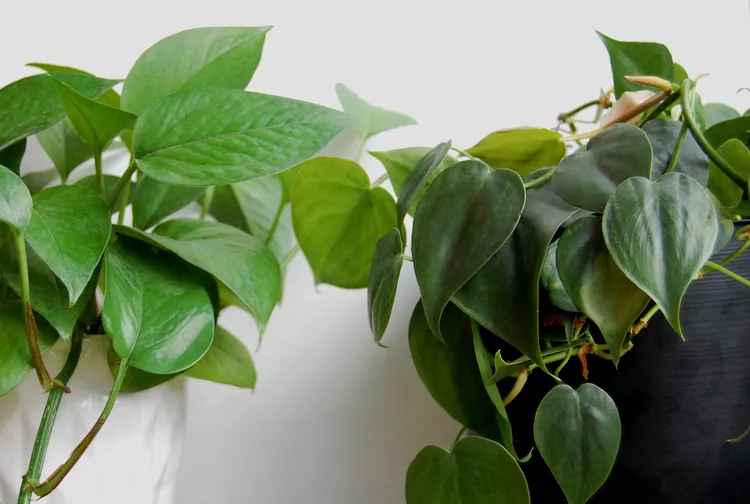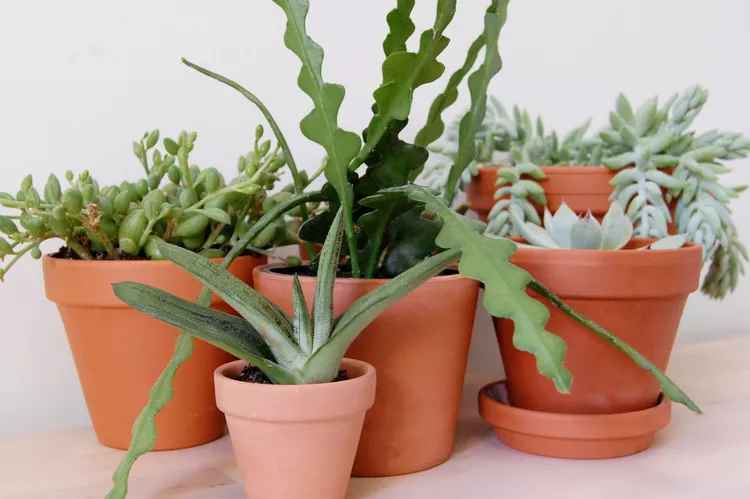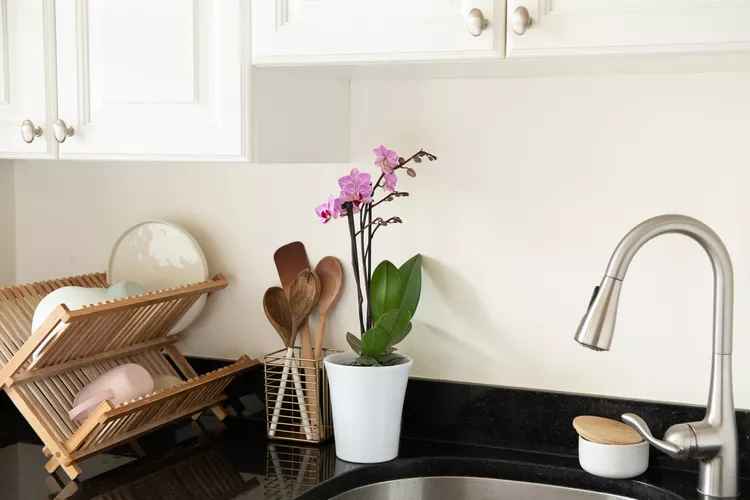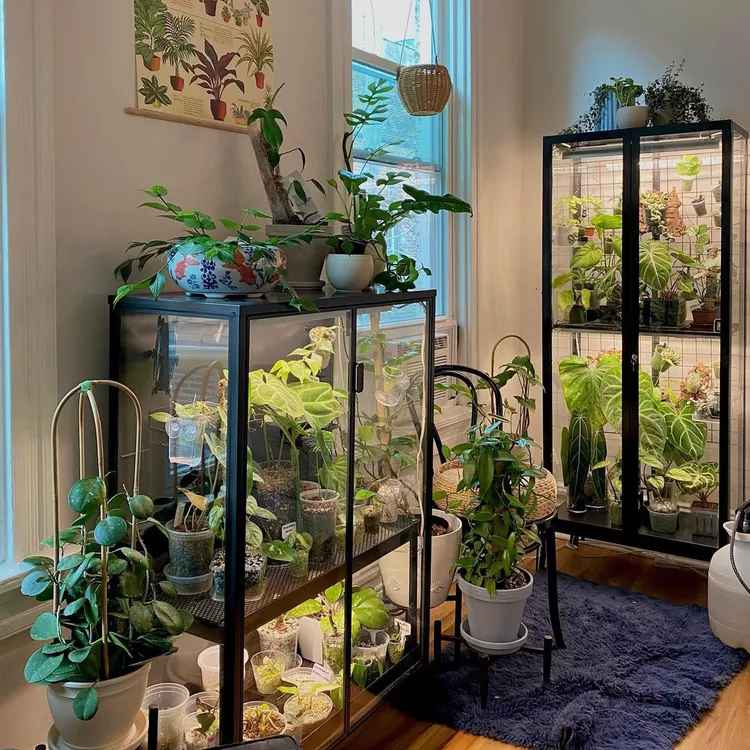Heliotropes, also known as Heliotropium Arborescens, are popular as outdoor bedding plants. They can be grown as indoor houseplants to add color and a pleasant scent to your home. Breeders have developed new varieties of the plant with different colored flower, but the purple variety remains the standard.
All parts of the Heliotrope are toxic to animals. Heliotropes, despite their intoxicating scent, are not very palatable, so most animals and pets avoid them. You should keep this plant out of the reach of curious pets.
Botanical Name Heliotropium arborescens
Common Name Heliotrope, garden heliotrope, cherry pie heliotrope, common heliotrope
Family Boraginaceae
Plant Type Perennial, shrub
Mature Size 1-2 ft tall, 1 ft wide (indoors); 1-3 ft tall, 1-2 ft wide (outdoors)
Sun Exposure Full
Moisture but well-drained soil type
Soil pH Neutral, alkaline
Bloom Time Summer, fall
Flower Color Purple and white
Hardiness Zones 10a, 10b and 11a,11b
Native Area South America
Toxicity to pets2
Close-up image of purple heliotrope flower with green leaves.
Heliotrope Care
Heliotropes are usually grown outside in planters and garden beds, but they can be grown as indoor houseplants if you take the right care. It is also important that your heliotrope be planted in a pot with drainage holes. Heliotropes thrive in consistently moist soil. Proper drainage is essential to prevent the soil from becoming waterlogged and the root system from rotting.
Light
Heliotropes require full sunlight for several hours to flower. Indoors, this can be difficult to achieve unless you place the plant in a window facing west or provide it with a growlight.
Soil
Heliotrope grows best in a loamy, draining potting mix. You can use most standard houseplant soil mixtures, or create your own loamy soil by mixing one part coco coir or peat moss with one part perlite.
Water
Don’t allow the soil to dry out. Keep it evenly moist, but not soggy. Once the plant has finished blooming, you can reduce the amount of watering during winter.
Temperature and Humidity
Heliotropes thrive in warm, dry climates which is why they are well suited for indoor cultivation. They are sensitive to temperatures below freezing and don’t like hot, humid weather. In USDA zones 9-11, they can be grown outdoors all year round.
Fertilizer
This flowering plant is a heavy feeder and will need regular fertilization during the active growth period. For the best results, use phosphorus-rich fertilizers. Balanced fertilizers will also work. Avoid nitrogen-rich fertilisers, which encourage leaf growth and inhibit blooming. Fertilize every 2 to 3 week during spring and summer.
Heliotropes come in many different types
The most common cultivators of common heliotrope include:
Heliotropium Arborescens – Princess Marina
Heliotropium Arborescens – ‘Mary Fox
Heliotropium arborescens “Florence Nightingale”
Heliotropium Arborescens White Lady
Heliotropium arborescens “White Queen”
Pruning
Even indoors, heliotrope requires regular pruning. Regular deadheading and pruning will promote consistent blooming during the growing season, as well as a more full growth habit.
Propagating Heliotrope
Heliotropes are propagated in soil by stem cuttings at any time during the active growing seasons (spring and summer). Cuttings taken from an outdoor plant can be used to grow this flowering shrub inside. Follow these steps to propagate heliotrope using cuttings:
Cut stems 4 to 5 inches long from an established plant. Be sure to cut the stem just below the leaf. Avoid woody stems and only take cuttings off of stems which are still green.
Then, remove the leaves and dip the cut end into rooting hormone.
Place the cuttings in a pot with soil that has been pre-moistened. The pot should be placed in an area where it receives indirect, bright light.
Avoid exposing the cuttings to direct sunlight and keep them evenly moist.
After a couple of weeks, the cuttings will begin to root. At this point, you can slowly expose the cuttings to direct sunlight.
Heliotrope Seeds: How to Grow Them From Seed
Heliotropes are also able to be grown from seeds. You can start seeds for a houseplant at any time of the year. However, traditionally, seeds are planted 10-12 weeks prior to the last frost. For heliotrope seedlings to germinate, a seed warming mat will be required. Heliotrope seeds should be kept between 70-75 degrees Fahrenheit (between 12-24 degrees Celsius) using a seed warming mat. Keep the soil moist and the seeds will germinate in 28-42 days.
Common Pests
Heliotropes do not tend to be pest- or disease-prone when grown indoors, but you should still keep an eye on a few common pests. Other houseplants can spread pests like mealybugs. Spider mites. fungus gnats. Infected plants can be treated with neem or insecticidal soap until the infestation is resolved.
Heliotrope – How to get it to bloom
Heliotropes can be difficult to grow indoors because they receive less light, which is essential for healthy and consistent blooms. For a prolific bloom, make sure your heliotrope is in a sunny, bright location inside. Fertilize regularly throughout the spring and summer and keep the soil moist. If your heliotrope is still not blooming indoors, consider moving it outside for the spring and summer and then overwintering as a houseplant.
Heliotrope: Common Problems
Heliotropes require little maintenance and are usually trouble-free. However, they may experience greater problems when grown indoors due to improper lighting or watering. Watch out for these problems.
Dropping Leaves
Your watering schedule must be adjusted if your heliotrope drops leaves. Make sure that the soil is evenly moistened and does not dry out.
No Flowers
Heliotropes that don’t bloom indoors are usually not getting enough sunlight or water. Use a fertilizer high in phosphorus to encourage flowering.
The FAQ
Is heliotrope toxic to pets and humans?
According to the ASPCA all parts of the heliotrope are toxic to animals if ingested1.
How large can heliotropes grow indoors?
When grown indoors this compact shrub can reach a height of 1-2 feet, but it is possible to control its size by regular shaping and pruning.
How often should a Heliotrope be repotted?
Heliotropes grow slowly and only require repotting every 2 to 3 years, depending on your conditions and the size of the pot you started with.





